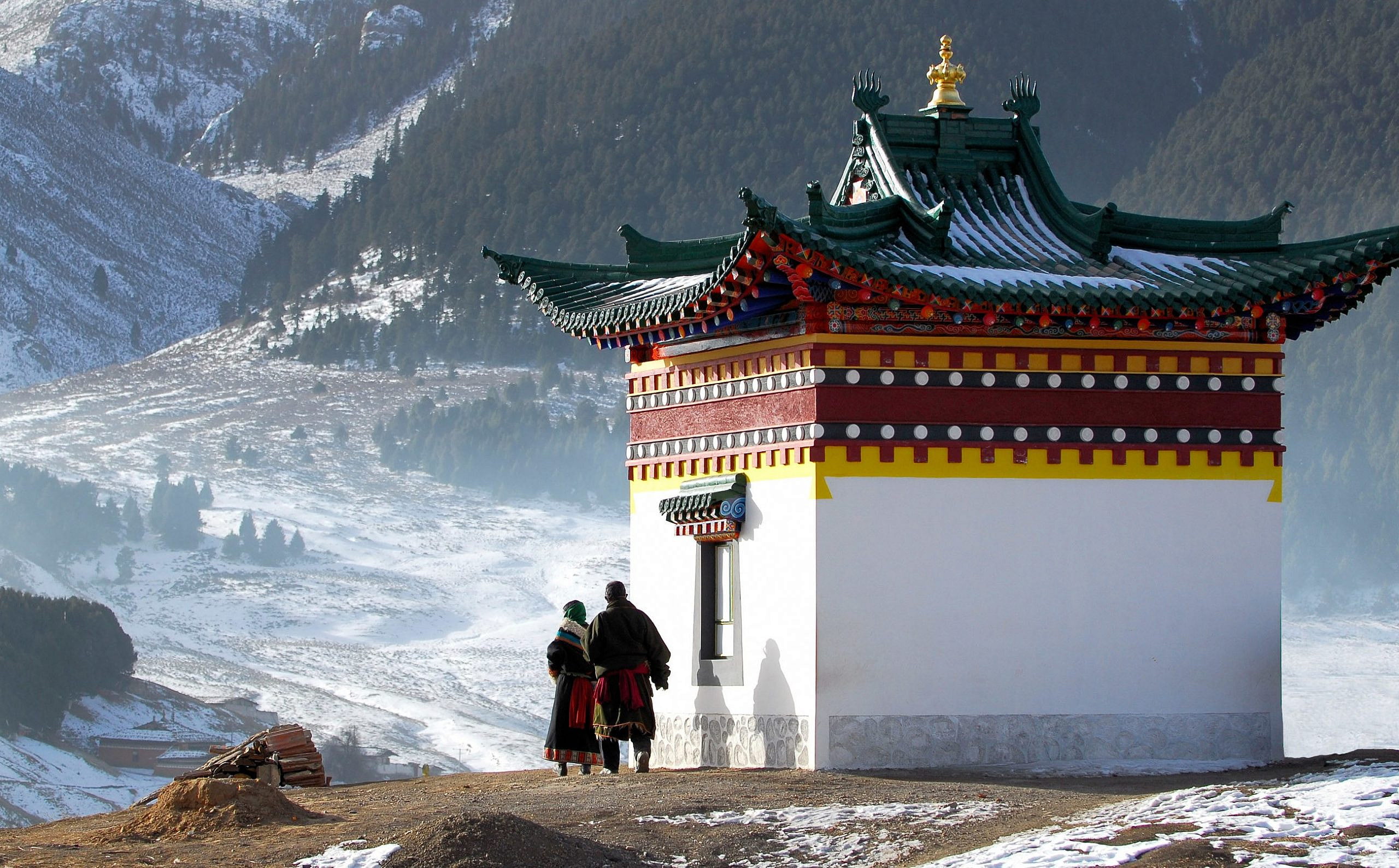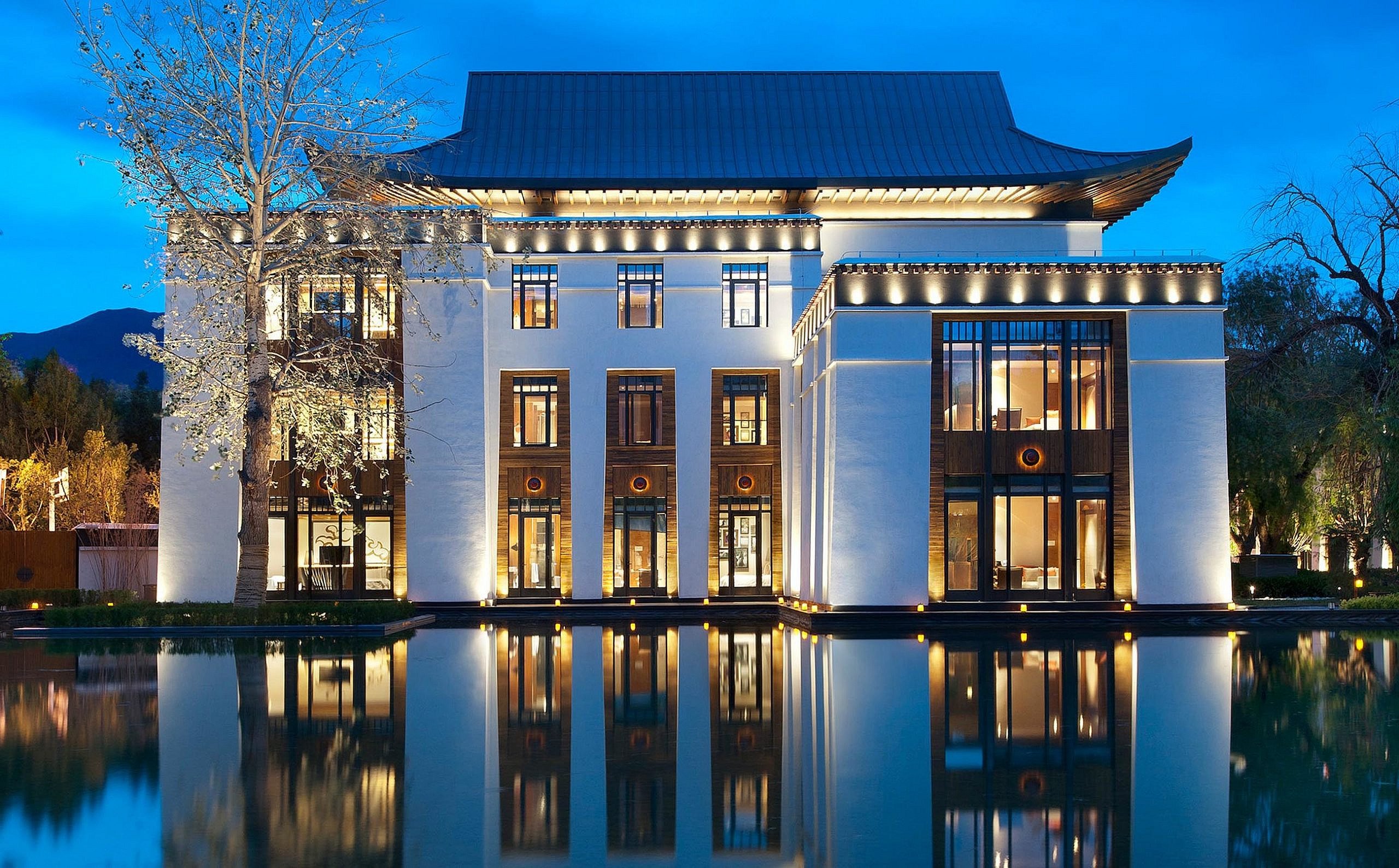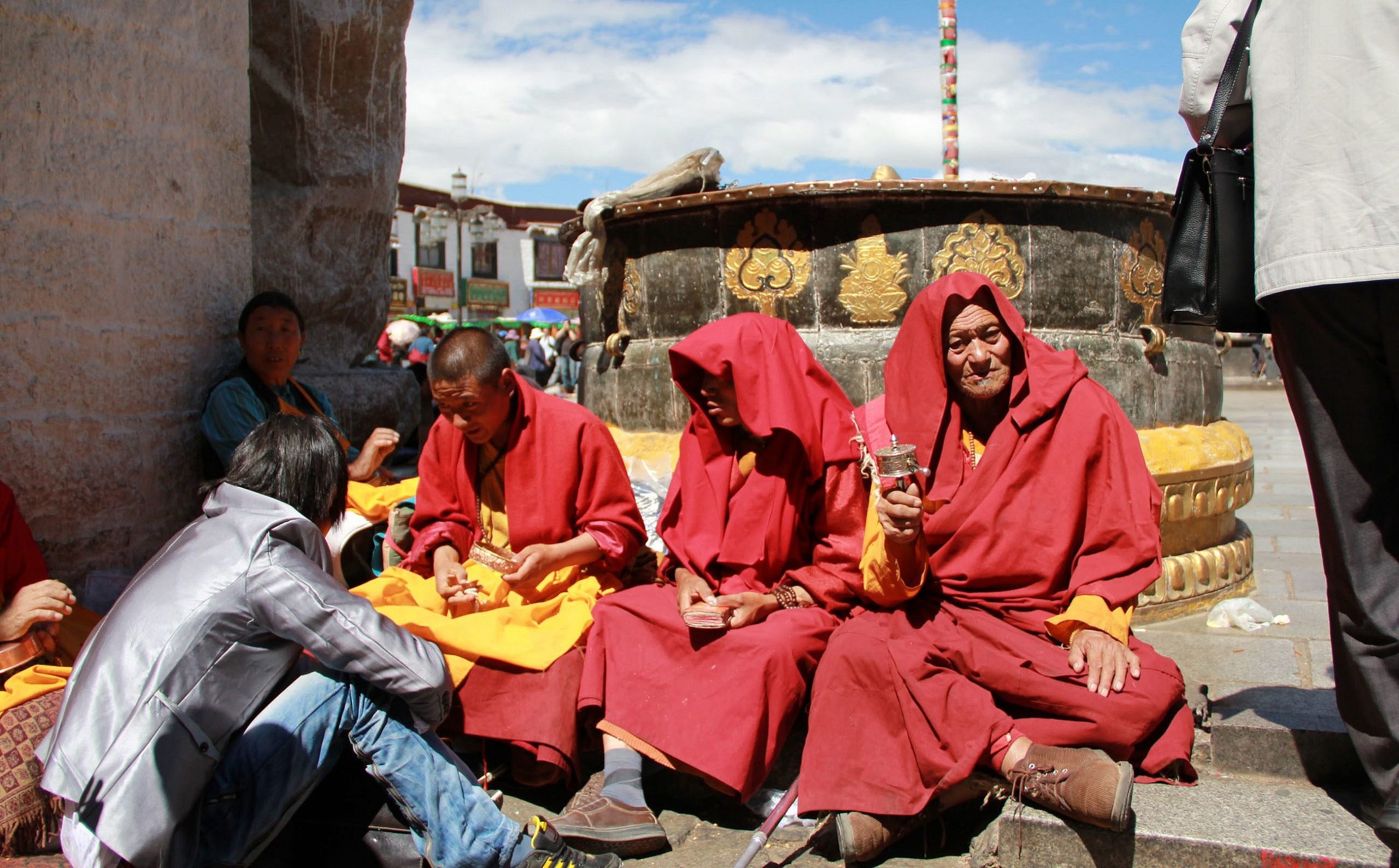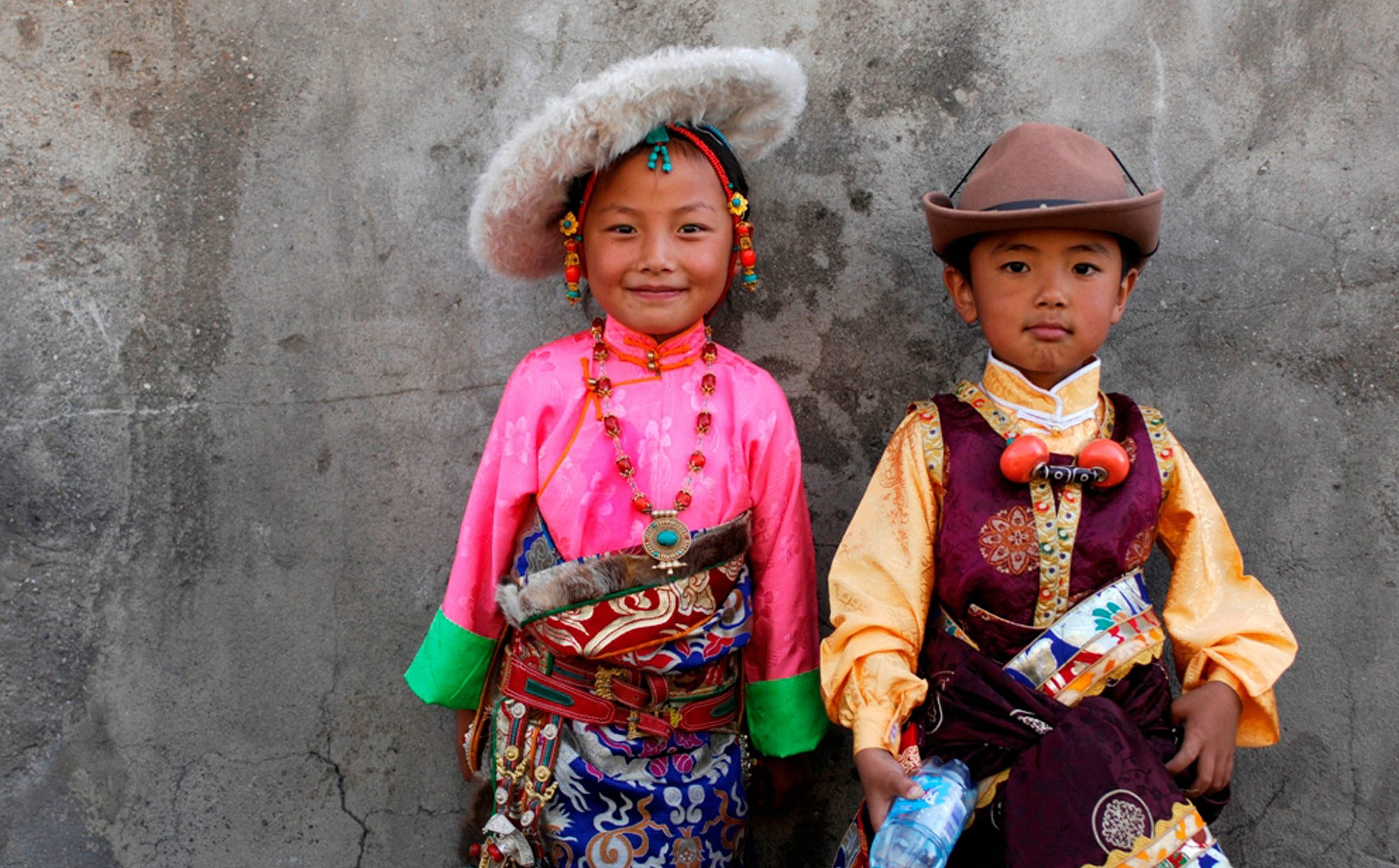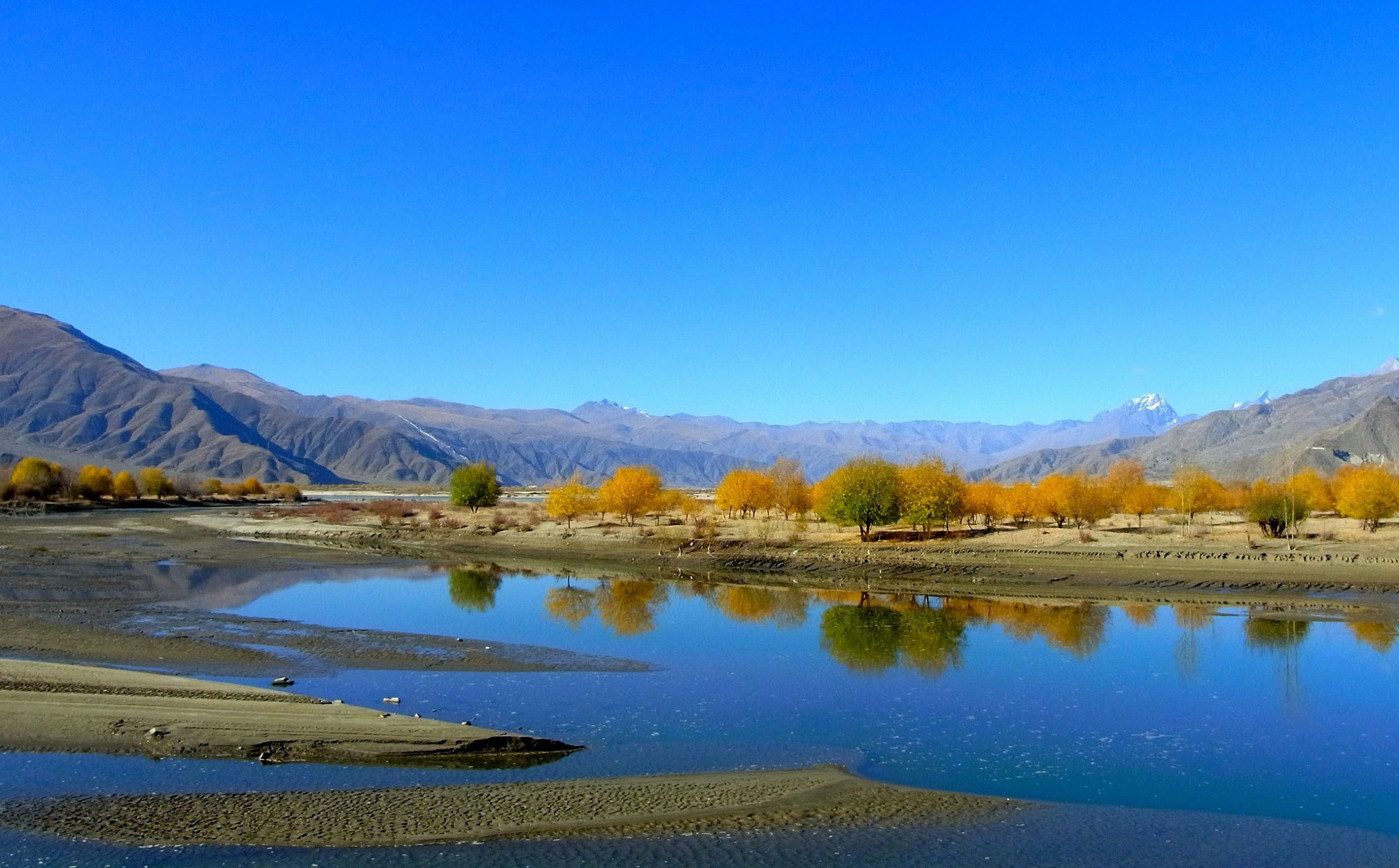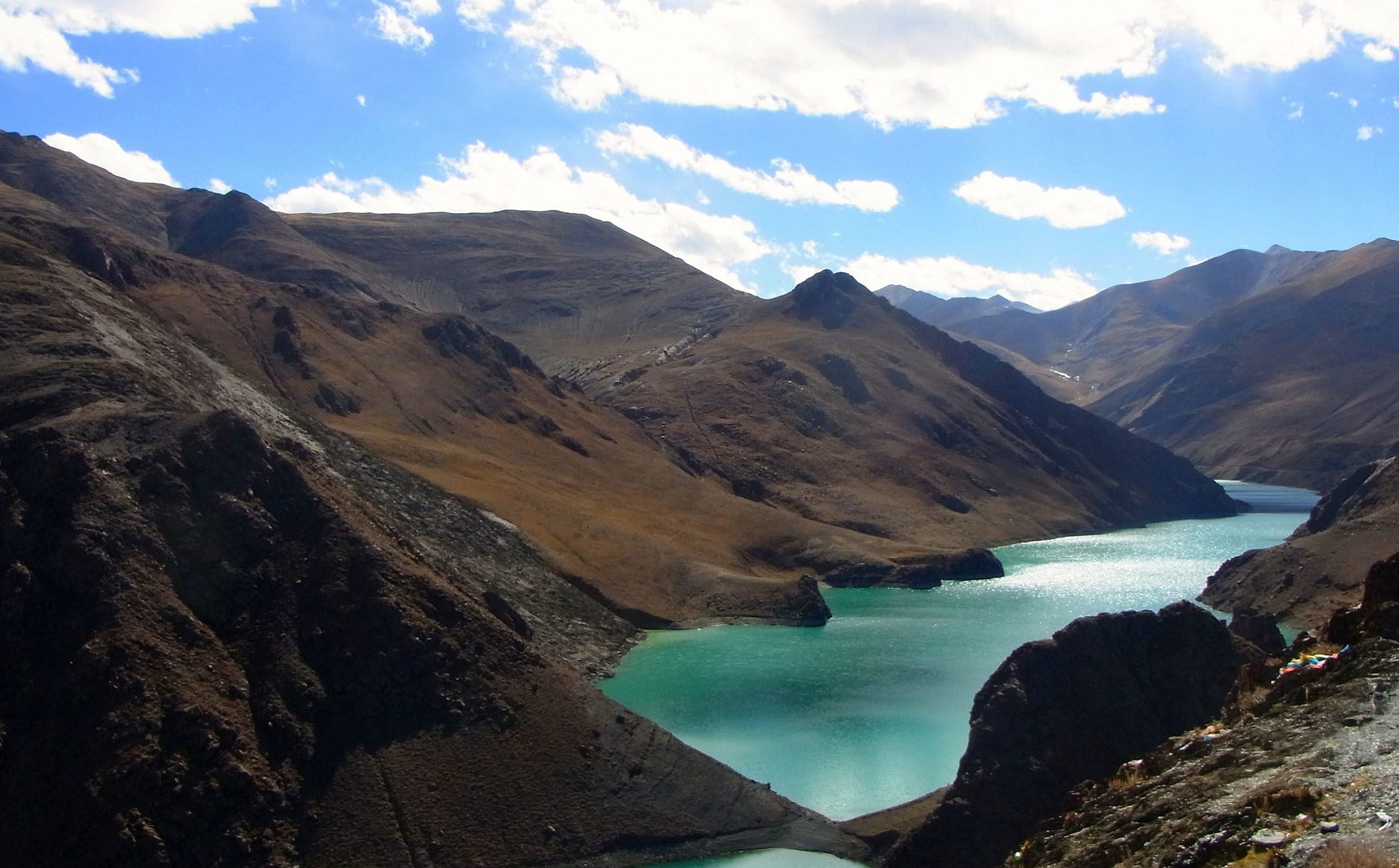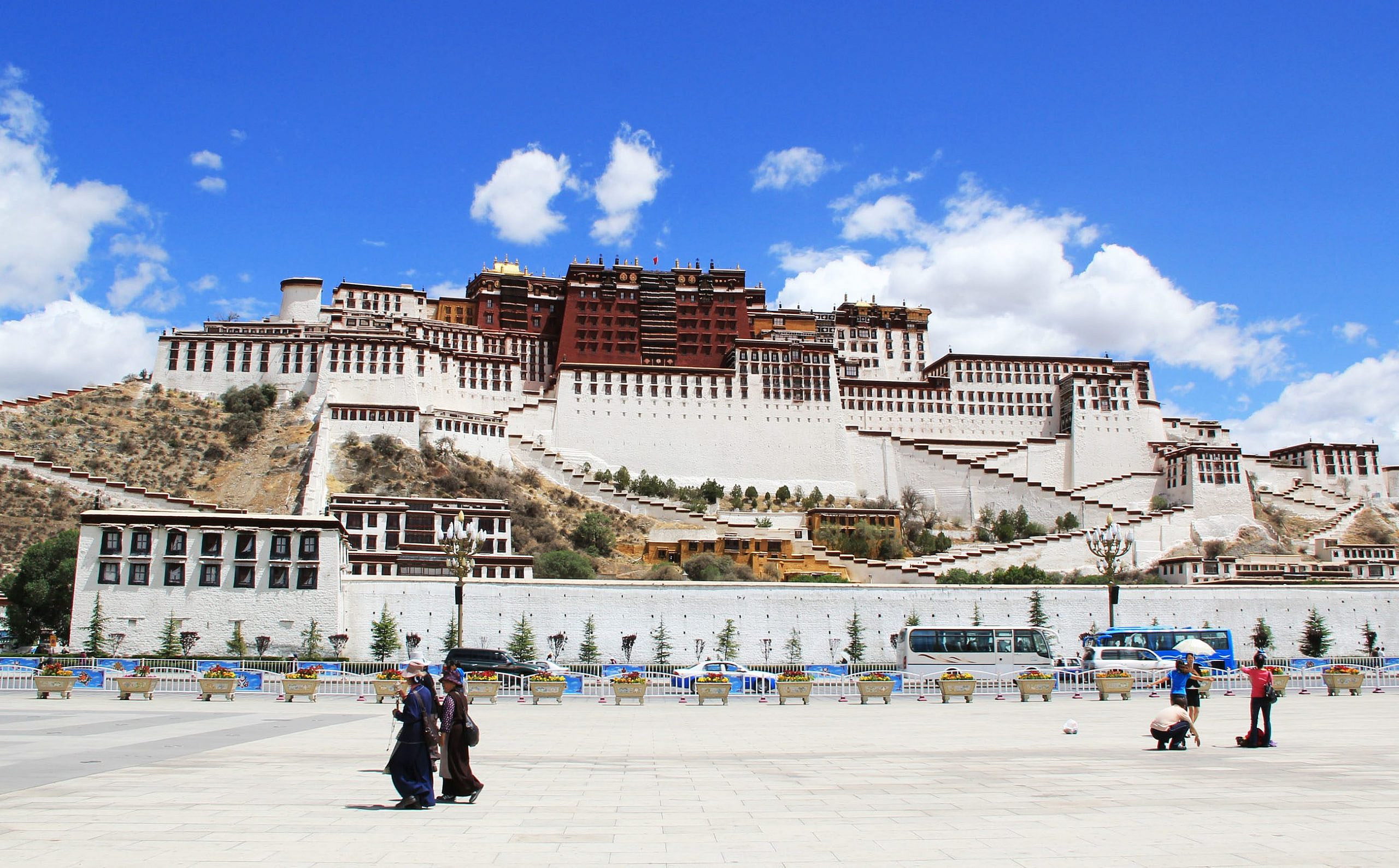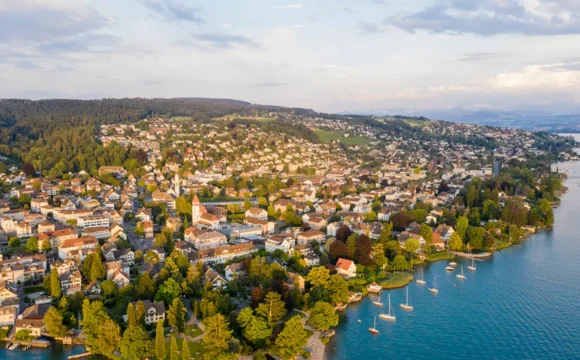Retaining its unique heritage amid the Himalayas
Many know it through photos of its majestic plateau with craggy snow-capped mountain ranges, which dressed in a palette of slate and sand depict a world removed from civilisation. Before the Chinese government laid claim to Tibet in 1952, parts of Yunnan – including the area that inspired the fictitious utopia of Shangri-La in James Hilton’s Lost Horizon – was Tibet’s territory.
MORE ROOM FOR LUXURY
Since St Regis opened the first luxury hotel more than 3,600m above sea level in Lhasa in 2012, two other global names in hospitality have also opened outposts. The 289-room Shangri-La opened in April last year next to UNESCO World Heritage Site Potala Palace, the former residence of the Dalai Lama built in the 17th century. InterContinental followed last August by opening the first 472 of its 2,000 rooms and suites. It also has 10 themed restaurants, creating more dining options in addition to the few that cater to tourists in the city centre with standard Nepalese, Chinese and Tibetan menus. The last consists mainly of yak curries, stews and barley flour noodles and bread, which might prove challenging to less intrepid travellers.
SAFETY AMID STRIFE
There were periods when foreigners were banned from Tibet – in 2008, for example, which saw the worst outbreaks of anti-Chinese violence and in 2012, when there was a record number of self-immolations. Since then, however, strict security measures have been implemented, making travel to the country a safer experience. Legal requirements imposed on foreigners, such as the need to be accompanied by a registered guide at all times, may be seen by some as restrictive, but it felt reassuring to have someone with me who knew how things worked. Creating a sense of security for its visitors is vital for Tibet’s burgeoning tourism industry. In 2013, it received a record 12.9 million tourists, a number that the Chinese authorities aims to increase to 15 million by 2015.
This target is aided by additional options for getting into Tibet from China (as direct flights from outside China to Tibet are not permitted). In 2006, China opened the Qinghai-Tibet Railway, linking Beijing to Lhasa across 3,757km of tracks, eight provinces and the world’s highest railway at 5,072m –the Tanggula Pass. For some visitors, this is the best way to see the country’s changing landscape. The only access into Tibet by plane is through Lhasa Gonggar airport, an increasingly popular option for foreign visitors. Online reports state that the region “received a record 2.76 million air passengers in 2013, up 24.4 per cent from 2013", and that Tibet opened 13 new air routes last year.
The face of Tibet is literally changing. Vegetables and fruits used to be missing from most Tibetans’ diets as the harsh climate made it impossible for many varieties of plants to survive. The advent of global warming, however, means that these can now grow there. Unfortunately, this has also led to the melting of the glaciers in the Qinghai- Tibet Plateau – which Chinese researchers have found now measures 53,000sqkm, down from 45,000sqkm in the past 30 years. Another implication is that water levels in lakes such as the famed Yamdrok, 45km south-east of Lhasa are gradually receding.
CHANGING IDENTITIES
Though Chinese rule has, without a doubt, brought about better healthcare and education for the Tibetans, the latter are worried about losing their cultural and religious identity if they were to embrace the values of a modern and secular society. At religious sites such as Potala Palace, the Jokhang monastery in Lhasa and especially around the Bakhor Circuit, many Tibetans can be seen making their rounds of circumambulation as well as others who travelled thousands of kilometres from other parts of Tibet for months by crawling and prostrating – an act they believe will redeem their souls for their next lives. In dimly lit rooms with peeling religious murals and statues of the Buddha, the fervour of the people’s faith is felt most strongly as they shuffle shoulder to shoulder, murmuring earnestly in prayer and scooping yak butter to keep prayer candles burning.
On the surface, the Tibetans seem resistant to change. Tiny cracks are evident, however. In the old days, Potala Palace was home to hundreds of monks. Now, fewer than 30 remain as caretakers, their religious roles greatly diminished. Many of the young men who choose to become monks find difficulty in keeping their vows for long, allegedly because they cannot resist the temptations of the secular world.
Five hours away by car from Lhasa is the dusty town of Gyantse, home to the famous Kumbum, a four-storeyed stupa with 100,000 murals. Neighbouring it is a row of simple concrete shophouses and the odd sprinkling of Chinese-owned shops. Behind it is the Old Town, where families can be seen taking things apart to move to their new homes.
For now, you’ll still see mangy dogs sleeping, skinny cows grazing and the mucus-smudged but happy faces of children playing outside derelict Tibetan cobblestone houses with narrow little windows decorated with colourful paintings and prayer flags. For those hoping to see the Tibet of the past, there can be no better time to visit than now.

